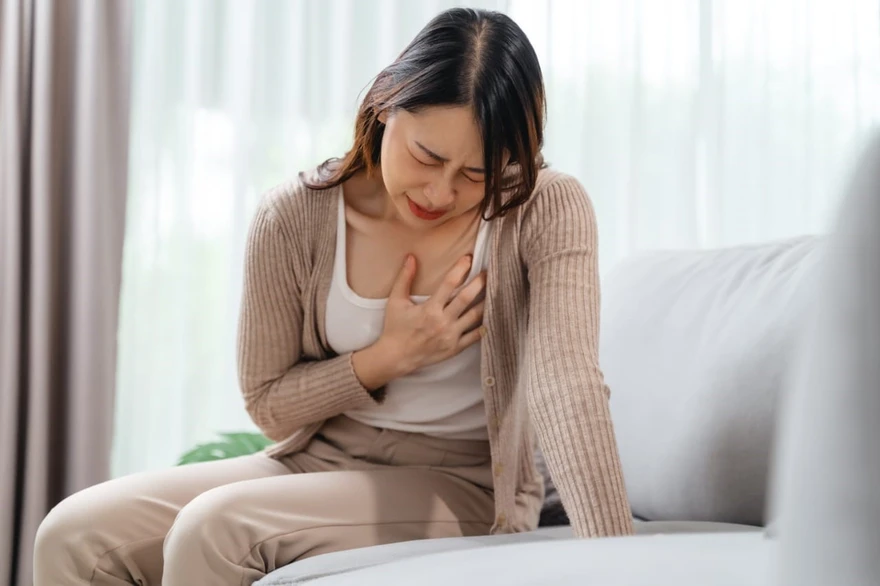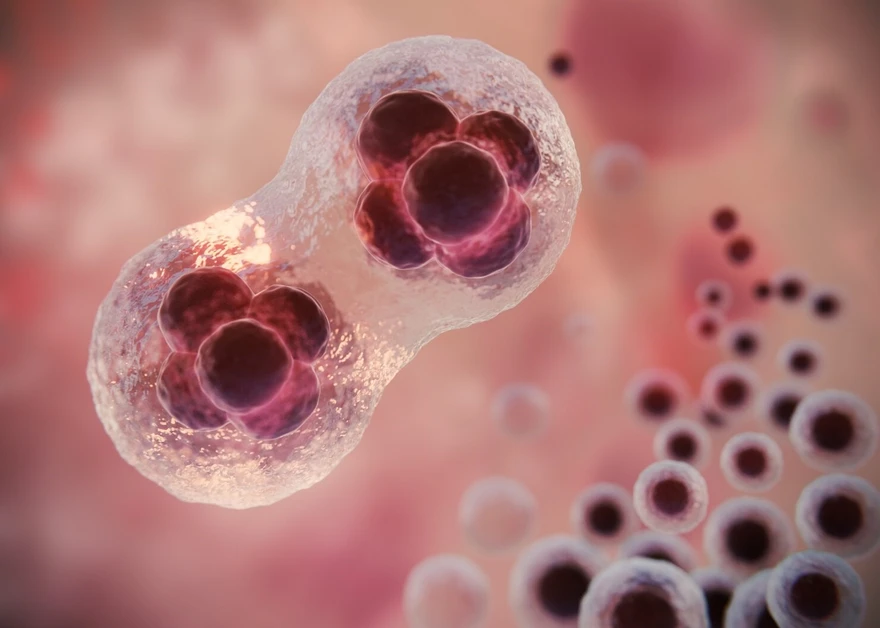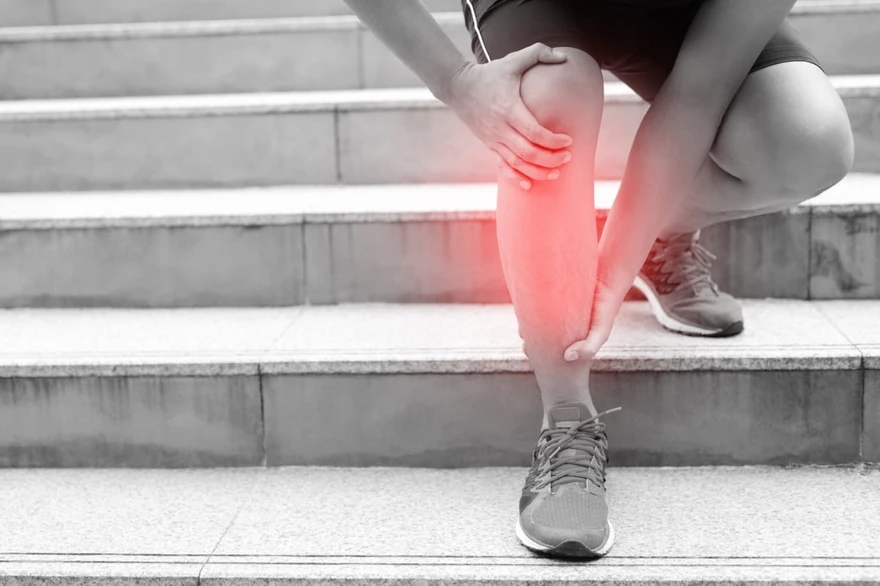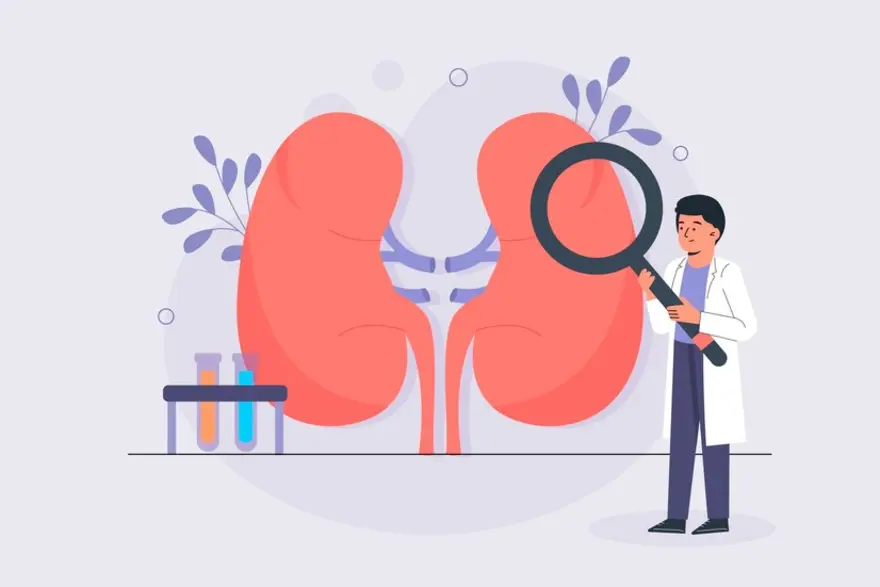Preventive Healthcare
Dealing With Breast Pain: Causes, Symptoms, And Relief Strategies
2020 Views
0

Introduction
What Is Breast Pain?
Breast pain is the discomfort and pain that you feel in your breast. This may be a mild, persistent pain or a sharp pain, depending on the cause of the breast pain. Most women may experience breast pain or mastalgia as a regular part of their menstrual cycle. Which usually happens about a week before your period. This is known as cyclical breast pain and can be easily controlled with some lifestyle changes and medications. Although occasional breast pain is normal, if the pain is persistent, you may need to visit your healthcare professional.
Is Breast Pain Common?
Breast pain or mastalgia is a fairly common condition and can occur in women between the ages of 30 and 50. Nearly 70% of women in that age group may experience it at least once in their lives. You may also feel a sharp pain in your chest, which may come from deep in your chest. This is usually called chest wall pain.
Is Breast Pain A Sign Of Breast Cancer?
People diagnosed with breast cancer are more likely to develop lumps in their breasts that can be painful. However, just breast pain where you can't feel any lumps in your breast is not a symptom of breast cancer.
Tenderness, aching, fullness, or throbbing, and breast pain may be alarming. It is rarely a sign of breast cancer. There are several other possible causes of breast pain besides cancer. However, always make sure your breast screenings are up to date and get regular check-ups to monitor your breast health.
Why Do You Feel Breast Pain During Pregnancy?
When you get pregnant, your body composition changes, producing more hormones than usual. Your estrogen levels are incredibly high, which directly affects your breasts, making them feel tender and causing breast pain in pregnancy as you go through the different stages.
What Are The Different Types Of Breast Pain?
There are two main breast pain types , namely:
Cyclic Breast Pain
This type of pain is usually felt when the time of menstruation is approaching. This pain coincides with the menstrual cycle and is common in women aged between 20 and 50, especially younger women. You can feel this pain in one or both breasts, and this usually occurs from the hormonal changes you feel during the menstrual cycle. This pain can disappear by itself, as soon as you start your period and you can come back a week before your next cycle.
Non Cyclic Breast Pain
In this case, the pain may have nothing to do with your menstrual cycle. This type of pain is more common in women between the ages of 40 and 50.
What Causes Breast Pain?
One of the most common causes of breast pain causes is your natural menstrual cycle.
However, other breast pain causes include:
- Taking birth control pills
- Pregnancy
- Infections
- Infertility medication
- Prior radiation therapy
- Hormone therapy
- Inflammation
- Antidepressants
- Cysts in breasts
- Non-cancerous lumps/ fibroadenomas
- Costochondritis (Inflammation of the area where the bones and the cartilage meet at your rib cage)
- Surgical scars
- Having large breasts
In some cases, breast pain caused by certain activities, such as:
- Excessive consumption of caffeine
- Smoking
- Breastfeeding
- Stress
In most cases, you may not know your breast pain cause , but it can be managed with the proper steps.
What Are The Symptoms Of Breast Pain?
Breast pain symptoms differ depending on whether you are experiencing cyclic or non-cyclic breast pain .
Your breasts may feel.:
- Tender
- Heavy
- Swollen
- Sore
The severity of the pain and breast pain symptoms can be different for everyone, even with the exact causes. In some cases, the breast pain can also spread from the armpit to the shoulders.
Non-cyclic breast pain symptoms are different from the symptoms caused by cyclic breast pain you may feel:
- A burning sensation of stabbing in one area
- A sharp, acute pain
- Pain that is limited to one specific area of your breasts.
You may experience these non-cyclic breast pain symptoms on and off over some time. These can also go away after a short pain or remain longer.
How Is Breast Pain Diagnosed?
Before your doctor performs a breast examination, you will be asked what your symptoms are and how long you have had them. They will also enquire about the severity and frequency of this breast pain . Based on this, a breast exam will be performed to check for the presence of lumps. You may also need to lean forward during this examination so that the healthcare professional can assess if the pain is coming from your breast or chest.
In some cases, a mammogram or ultrasound may be required. Whether you need these imaging tests depends on many factors, including:
- The specific type of pain
- The results of your breast exam
- The time between your last breast imaging test
- Your age
How Is Breast Pain Treated?
Cyclic breast pain does not need any breast pain treatment , and you can take over-the-counter pain medication or be prescribed more robust pain meds for severe cases.
You can also use these simple precautions and home breast pain treatments to help manage the pain:
- Wear a supportive and well-fitted bra.
- Take Vitamin E supplements and other multivitamins
- Avoid consuming tobacco products
- Remove caffeine from your diet
- Use a heating pad to get relief in the area that is hurting
- Take magnesium supplements, especially around two weeks before your period date
- Use relaxation and complementary therapy
Can You Prevent Breast Pain?
Cyclical breast pain is part of the menstrual cycle and cannot be avoided, but you can make the following lifestyle changes to help reduce breast pain symptoms and prevent non-cyclical chest pain:
- Eating low-fat food
- Wearing supporting sports bras that fit you well, especially when you are exercising
- Drastically reducing your caffeine intake or removing it from your diet
How Long Does Breast Pain Last?
If you have cyclical breast pain, it may occur about a week before your period and disappear as soon as your period starts, but if the breast pain persists and gets worse. In that case, you may need to opt for breast pain treatment, during which your doctor will try to manage the pain with easy-to-get pain medication and simple changes in your lifestyle.
When To See A Doctor About Breast Pain?
If the pain lasts more than three weeks or the left breast pain is severe, you may need to visit a doctor to determine the cause of the chest pain.
Conclusion
Although breast pain can cause a lot of discomfort, it is usually not a sign of a serious condition. You can even manage most breast pain symptoms at home with just a few lifestyle changes and over-the-counter medications. However, if you notice changes in the structure of your breasts or discharge from your nipples, consult your doctor and get some diagnostic tests done. Metropolis Labs provides convenient at-home sample collection and best-in-class laboratory facilities to ensure you stay informed about your health. Contact us today for your appointment.













1701259759.webp)









 WhatsApp
WhatsApp